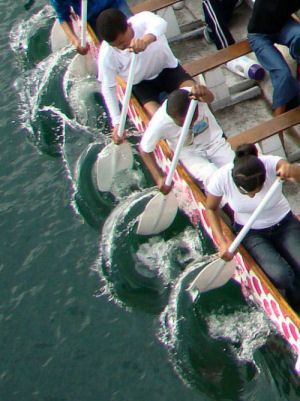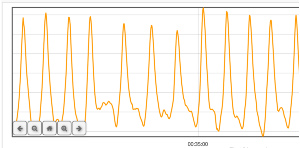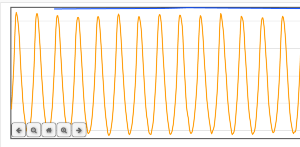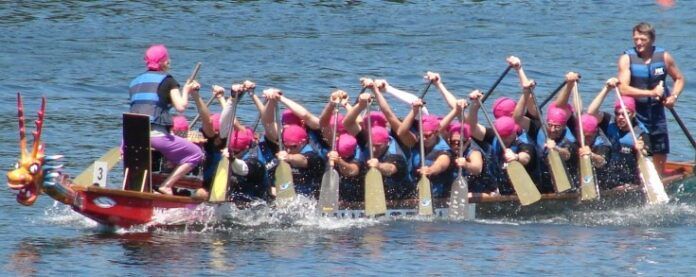Synchrony: a state in which things happen, move, or exist at the same time
Timing: the control of the speed of a stroke, blow, etc., in order that it may reach its maximum at the proper moment.
So what is it that we want in a dragon boat? Timing? Synchrony? Both?
How many training sessions have there been where your coach has yelled out “Timing!!!”? What was he or she asking for? Was the call to stop you from decapitating the person in front of you? Was the call to get the crew to at least catch together?
Well, let’s break it down…
Standard stroke: catch, drive, exit, recover.
Do we agree that a perfect boat crew will be performing all of these phases at exactly the right moment? And if they are, are they “ïn time” or are they “synchronous”? Or is there more?
Consider. Mixed boat. Julia has a stroke length of 80cm. George has a stroke length of 100cm. they both catch, drive, exit, and recover in perfect synchrony. Good, right?
How is George managing to get his paddle to travel 100cm in exactly the same amount of time that Julia’s is travelling 80cm?
One of two things are happening:

1. George’s paddle is ventilating (by moving faster than the water relative to the boat)
2. Julia’s paddle is slowing the boat (by moving slower than the water relative to the boat)
Both of these scenarios lead to a waste of power, less efficiency and a slower boat. Yet they are both in perfect time. Hmmm.
Consider again. Mixed boat. Julia has a stroke length of 80cm. George also has a stroke length of 80cm.
They both catch, drive, exit, and recover in perfect synchrony. Good, right?
George has a great catch but his effort tapers off during the stroke. Julia has a more consistent application of effort right through the stroke from the catch to the exit.
So together they get a paddling profile of

rather than

Two different paddling profiles leading to a waste of power, less efficiency and a slower boat. Yet they are both in perfect time.
So whether you want to call it “timing” or “synchrony”, it doesn’t really matter. What does matter – what we do want – is for:
1. The catch, drive, exit and recovery of the crew to be totally in sync;
2. The length of the stroke of the crew to be the same; and
3. The stroke profile of all the crew to be as similar as possible.

Only then can you truly say that the crew are in time – in synchrony – and paddling, as a whole, at their most efficient













